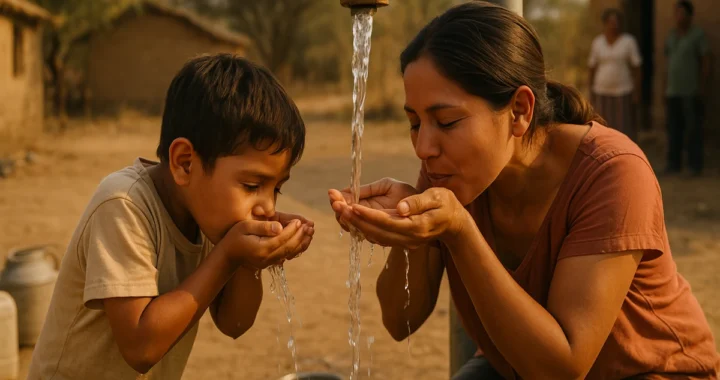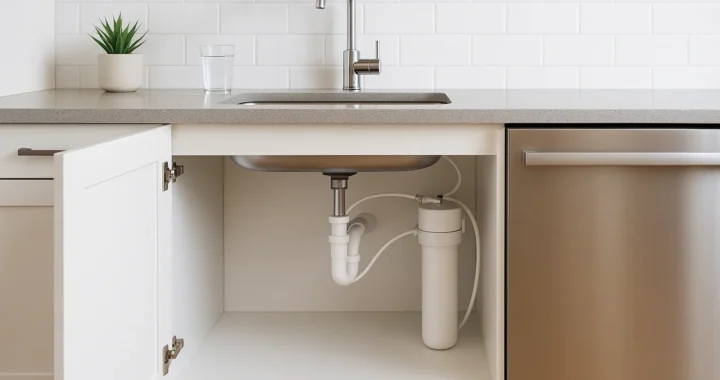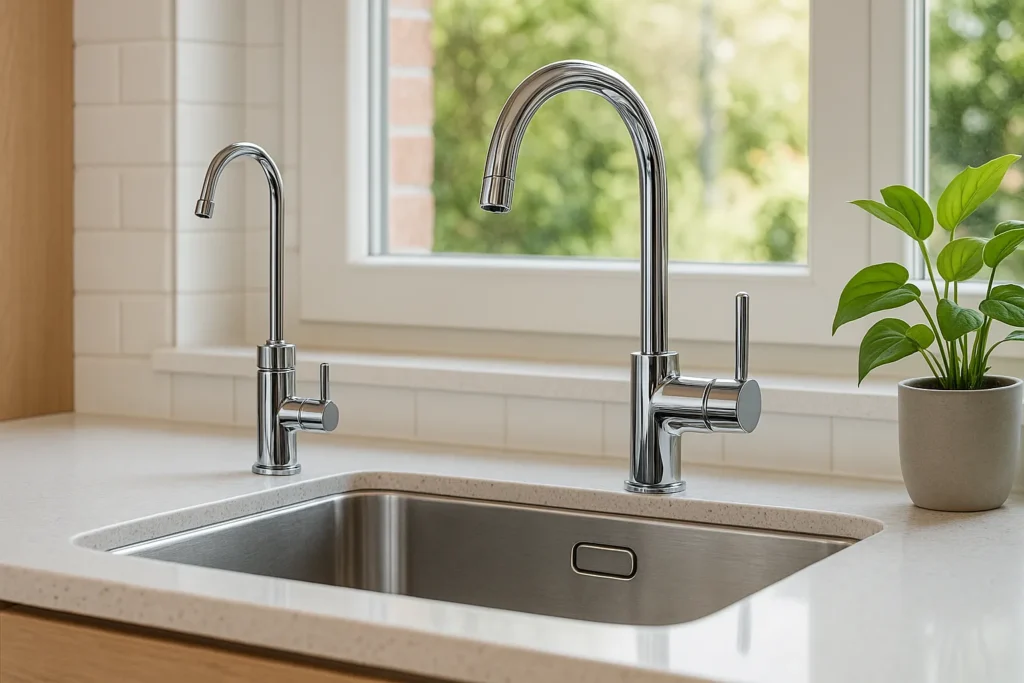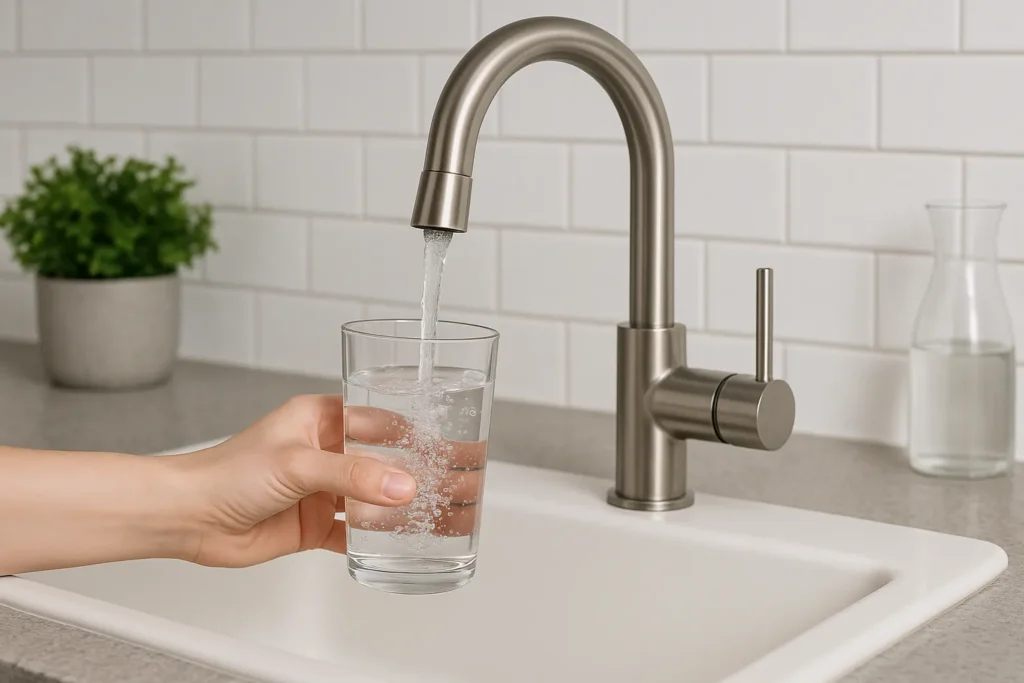A mother in rural Kenya wakes at 4 AM. She walks two hours in the darkness to reach a muddy waterhole. That water makes her children sick, but it’s all she’s got to feed them.
Now imagine her village six months later. A borehole pump sits 200 metres away from her door. Her kids attend school instead of searching for water. Disease rates dropped by half. (Ain’t it amazing?)
What changed there? It’s her community that stopped waiting for help and built the solution themselves.
In this article, you will learn about the different water project types that are changing villages worldwide. You’ll also discover the real economic impact, see real success stories from three continents, and learn how to launch a water initiative in your own community.
The global water crisis has solutions. If you are willing to know, keep reading us.
Why Clean Water Projects Save Lives In Vulnerable Communities
Picture an eight-year-old walking four hours to fetch water from a river where cattle also drink. Back home, her little brother’s got diarrhoea again. (Irony of fate!)
That contaminated water kills hundreds of thousands of children under five, yearly. Over 300,000 kids die every year in Sub-Saharan Africa from diseases caused by unsafe water and poor sanitation. (Bad water quality kills more children than war does.)
Sometimes, families spend hours daily collecting unsafe water from distant sources. They walk more than 8 hours each day to collect unsuitable water in Sub-Saharan Africa. These water supply issues burden entire communities, and their potential.
That’s not the end of their sufferings. Kids in those communities miss school when sick from waterborne diseases like cholera. Meanwhile, girls stay home without proper sanitation facilities.
Only clean water projects can save them and their suffering. It brings safe drinking water to local communities and gives kids their futures back.
Community-Led Initiatives Changing Water And Sanitation Access

Communities create the best water resource management solutions themselves. When locals design and maintain water systems. These projects last for decades.
Here are three approaches that prove most effective across developing countries:
Deep Wells Delivering Safe Water
Boreholes bring underground water resources where water stays filtered naturally. The Water Project teams with local partners to construct these borehole wells and small dams, and continuously audits them to ensure they are functioning properly.
These initiatives need sustainable water management where local community members stick with it long-term.
Rainwater Capture For Sustainable Water Management
Schools and colleges of that community can build gutters leading to a large litre tank. Rain flows through filtered pipes during wet months in those tanks and collects the water for later.
Now, students can drink clean water year-round. This system costs half than a borehole, and gutters only need cleaning twice a year.
Small Dams Storing Surface Water
Unlike regular dams that trap water, sand dams collect sand and silt that naturally filter and store water. We can think of it like a giant natural sponge.
Rivers carry sand downstream during rain, and the dam traps it. Then, water soaks into this sand reserve and stays clean for months, even though the riverbed dries completely.
Each of these methods works for water security, but success entirely depends on community ownership and proper maintenance.
Real Success Stories Showing Sustainable Progress
UNICEF has helped over 1.6 billion people access safe drinking water since 2000. Behind every number, there’s a family that doesn’t fear the scarcity of water anymore.
They work in 100 countries providing water and sanitation services. Their sustainable development approach creates change that lasts, not quick fixes that crumble.
Besides UNICEF, water fund transparency projects serve nearly 17 million people. They funded 120,784 water projects across 29 countries. Every donor sees exactly where their money goes, through GPS coordinates, photos of smiling kids, and the whole story.
Transparency like this builds trust and brings more people into the fight for clean water.
Instead of these donors, there are community owners who ensure water projects continue working for decades ahead.
How do they work? Each household of those communities provides a few dollars monthly for maintenance and repairs. So, when pumps break, they’ve already saved the money to fix them. Nobody needs to beg donors for emergency funds years later.
Climate Change Threatens Sustainable Water Sources

What happens when you have only a water source that vanishes overnight? This happens due to climate change. It affects the freshwater supply severely, with water storage dropping 1 cm yearly for 20 years.
By 2050, people at risk from floods will jump from 1.2 billion to 1.6 billion. Because, in the summer, droughts wipe out water resources completely, then floods wash out whatever remains in the rainy season.
Due to these extreme weather events, communities face brutal choices. They migrate or watch their children go thirsty.
Only climate-resilient designs can help these people. It helps the water systems withstand extreme weather patterns. You may think ground-level systems seem safer, right? That’s a totally wrong idea! Elevated water tanks survive floods better every time.
Another climate-friendly design is Solar pumps. They keep running when storms knock power grids offline. Overall, the cost of these adaptations is more advanced, but it saves lives when disaster strikes.
The main thing is that nature-based solutions protect watersheds and improve sustainable water management practices.
Hygiene Education Builds Long-Term Sustainability
Installing wells, then leaving them without proper maintenance, is a common thing. That’s how projects fail every time. So, the communities need both infrastructure and solid knowledge about hygiene services.
They need to know the importance of handwashing with soap. Washing hands with soap reduces diarrhea cases by 40%. Maintaining these simple practices can save more lives than fancy medical interventions do. (Soap costs pennies. Medicine costs fortunes. Do the maths.)
Here’s a common mistake they make: they collect clean water and then dump it in unwashed containers. Others dip dirty hands straight into storage buckets.
In this situation, behaviour change programs can be arranged. These programs teach families proper water storage and sanitation. It also teaches water and sanitation practices that stop recontamination. Small changes prevent disease from spreading through entire households.
Kids are the better learners here. They can learn it in school. Then teach their own children without anyone advising them. (Knowledge spreads across generations naturally.)
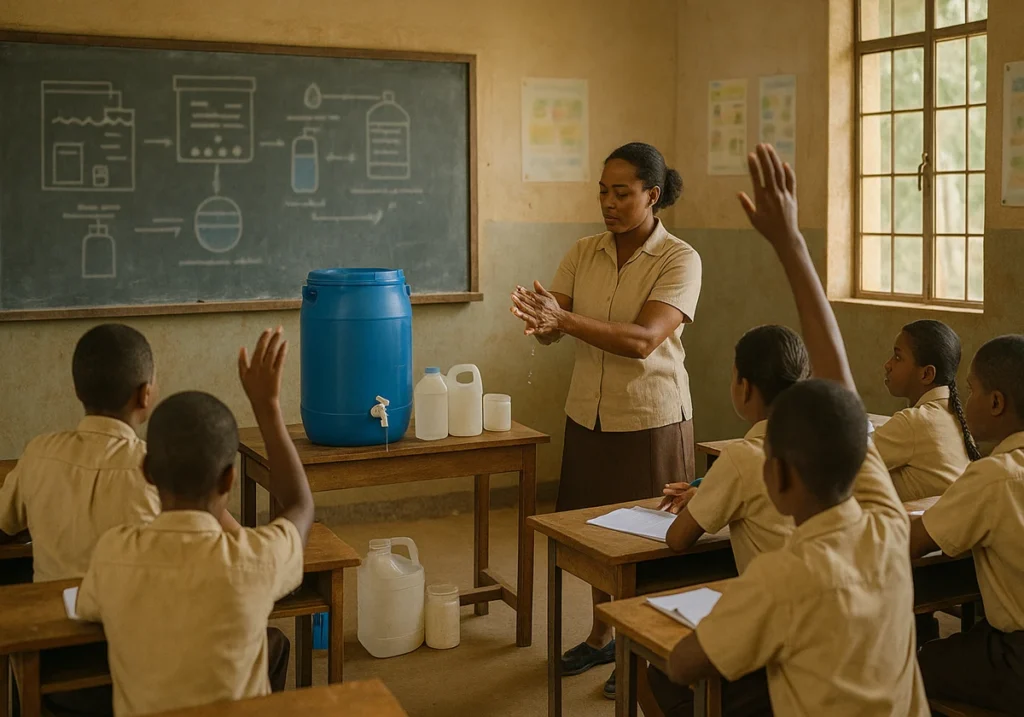
Women And Girls Carry The Heaviest Water Burden
Water scarcity punishes women and girls the most. They spend 200M hours daily collecting water. Those hours are stolen from their learning, earning, and living, while men pursue education and jobs.
Girls as young as five start filling water containers. Then, years of heavy loads damage their spines and necks permanently. It’s a human rights crisis affecting half the population in many countries.
Also, girls miss school during menstruation without proper sanitation facilities available. Imagine being 13 and missing a week of school monthly because your school has no private toilets.
When communities built proper sanitation facilities, girls could attend safely. These deprived girls finally get equal shots at education and careers. (Access to water and sanitation opens doors that poverty had locked.)
Sometimes, long walks to distant water sources expose women to danger. Dawn hasn’t broken but she’s already walking alone two kilometres to the river. Wild animals roam these paths.
They may even face violence that spikes on isolated water collection routes. That’s why clean water projects near homes protect women’s safety while restoring their dignity.
Starting A Community-Led Water Initiative Locally
Ready to bring clean water to your community? Local groups worldwide proved you can do this with the right approach. Approaches like:
- Identify your community’s specific water access gaps: Start by mapping where water sources sit in your area, then talk to neighbours about their daily struggles and prioritise what needs fixing first.
- Partner with local organisations: Groups like WaterAid have done this hundreds of times and know which water systems work in your soil type. Work with them since they are already experienced in water availability and sanitation facilities.
- Secure grants and community contributions: Everyone must contribute something like money, labour, or materials because skin in the game creates ownership that makes projects last. This fund encourages building a sustainable infrastructure together.
Pro tip: Projects that are entirely funded by outsiders can collapse when they leave. That’s why building community investment creates ownership and accountability that lasts.
Overcoming Challenges In Sub-Saharan Africa’s Water Projects
Sub-Saharan Africa stands as the only region where people grow up without access to clean water. According to the World Bank, 387M people lacked basic drinking water in 2020. The challenges cut deeper here than anywhere else.
There are three barriers standing in the way of getting clean water:
- Broken pumps and wells fail without proper maintenance: When equipment breaks down, nobody knows how to fix it. Even new parts take weeks to reach remote areas. Besides, they don’t have water resource management knowledge, technical skills, or steady investment.
- Communities struggle to afford water system operation costs: Critics say free water projects create dependency. And, they’re partly right about that. Communities need business models that generate revenue for essential water services. This way, balancing affordability with financial sustainability drives economic growth.
- Remote locations and political instability: War destroys water infrastructure faster than anyone builds it. Besides, corruption diverts funds meant for wells.
But here’s the amazing part: According to UNICEF, 500M people in Africa gained water access between 2000 and 2020 despite rapid population growth. That’s how progress happens when local communities grab the throne themselves.
Your Turn To Make An Impact
Clean water projects succeed when communities run them. Local ownership beats foreign aid every single time across every continent.
Climate change makes this harder, absolutely. But every water project built today shields families from tomorrow’s droughts and floods.
Want to dive deeper or get involved? Visit Easy510 for practical resources, detailed case studies, and guidance on sustainable development projects that actually work. The tools you need sit right there waiting.
The global water crisis won’t vanish overnight. But every well we drill, every person we train in water management, that helps one more family with reliable water and a real shot at breaking poverty’s grip. Your community could be next.

